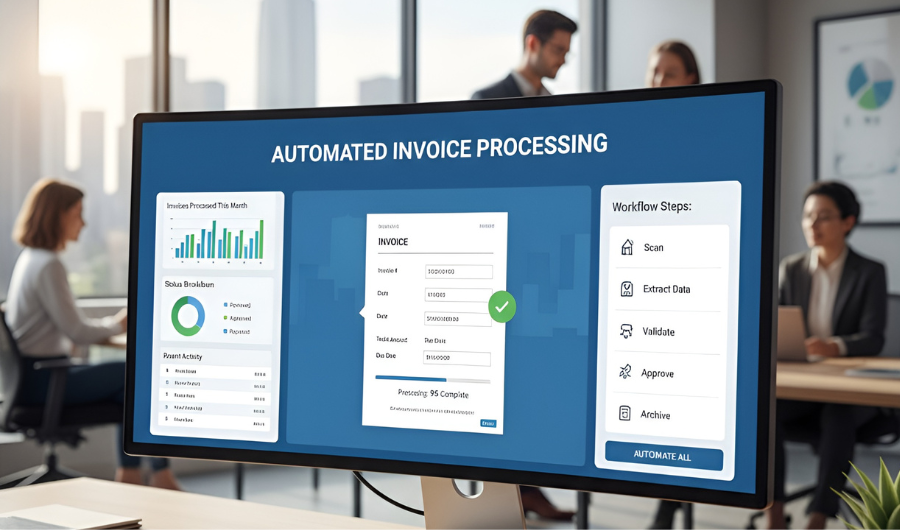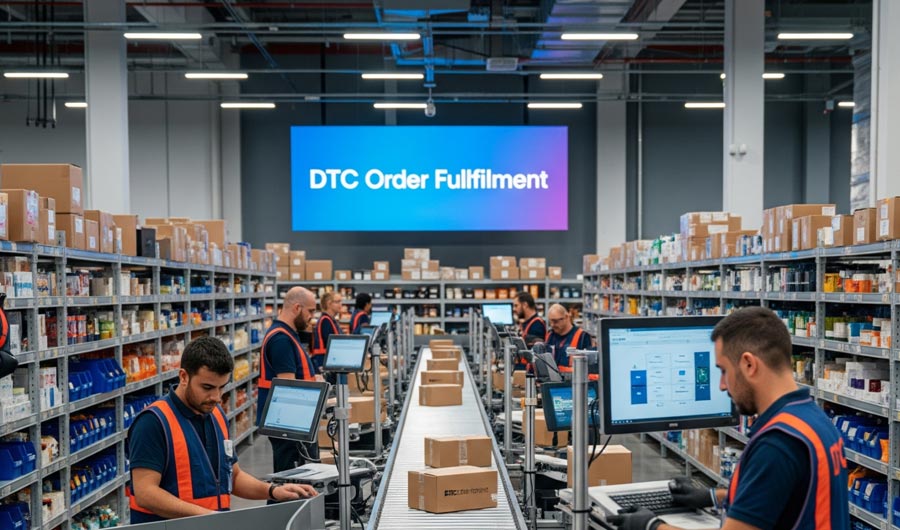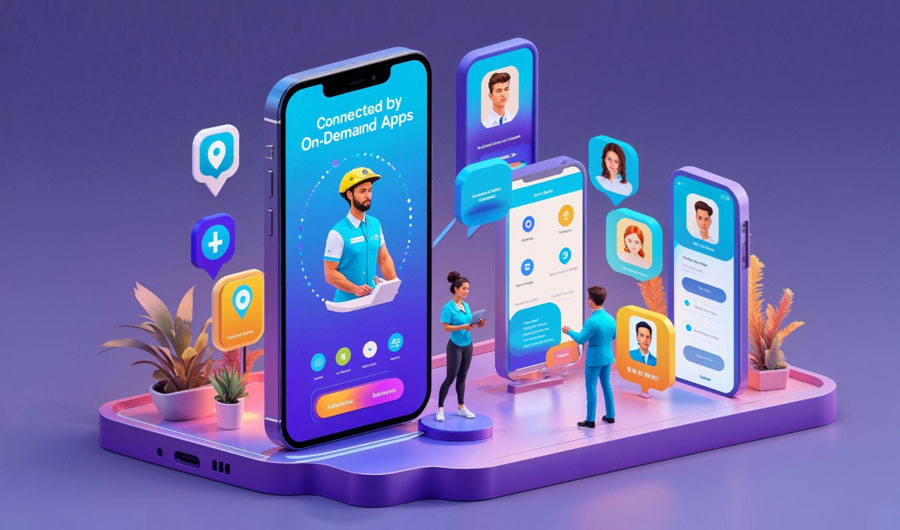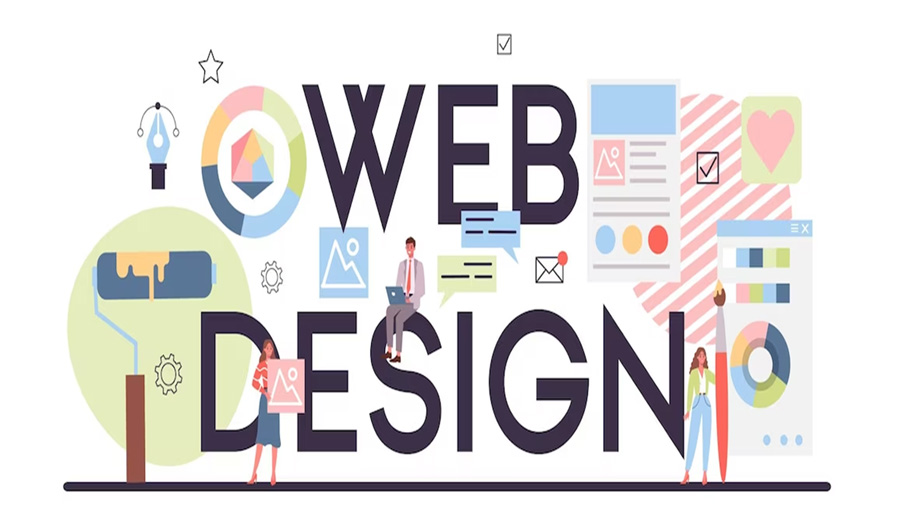
Observations of 8 Web Design Trends In 2023-24
In the dynamic realm of web design, 2023 has unveiled a spectrum of innovative web design trends that are reshaping the digital landscape. Our keen observations have identified eight compelling web design trends that are leaving an indelible mark on online experiences. From cutting-edge aesthetics to user-centric functionalities, these trends reflect the evolving nature of web design, offering a glimpse into the future of digital interaction. Join us as we delve into the intricacies of these observations, exploring the transformative elements that define the forefront of web design for 2024.
8 Best Web Design Trends
Minimalism
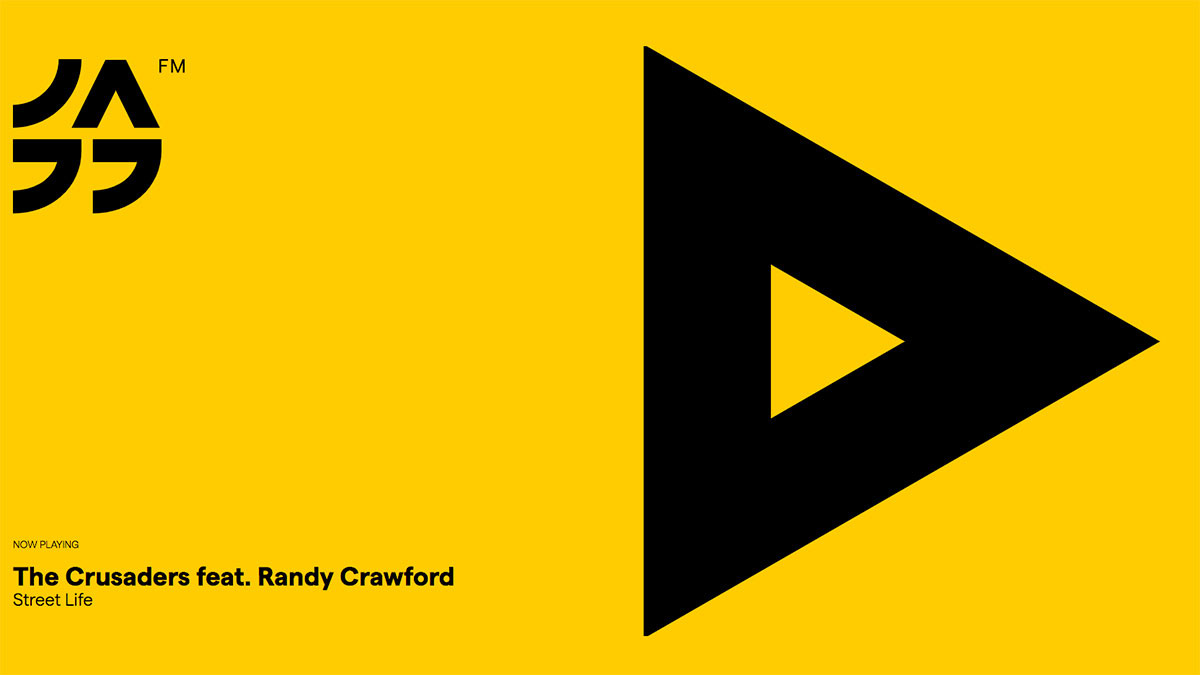
In the ever-evolving landscape of digital presence, minimalism emerges as a potent SEO strategy, transcending visual aesthetics to enhance user experience and search engine performance. Embracing a clean and clutter-free design, minimalist websites facilitate quicker loading times, a crucial factor in SEO ranking algorithms. By streamlining content and focusing on essential elements, these sites improve overall accessibility and navigation, fostering a positive user journey. Furthermore, the simplicity inherent in minimalist designs promotes mobile responsiveness, aligning seamlessly with search engine preferences for mobile-friendly websites. In the realm of SEO, minimalism proves to be a strategic ally, elevating both the visual appeal and technical efficiency of a website.
Beyond its impact on technical aspects, minimalism also bolsters SEO by emphasizing content relevance and user engagement. By distilling content to its essence, minimalist design encourages concise, high-quality information that resonates with users and search engines alike. The clarity and precision of minimalist websites contribute to better comprehension of content by search engine algorithms, leading to improved indexing and ranking. Moreover, the emphasis on a minimalist aesthetic often aligns with user preferences for clean, uncluttered interfaces, fostering increased user engagement and reducing bounce rates. In the multifaceted world of SEO, minimalism emerges not only as a design principle but as a strategic approach to elevate both user satisfaction and search engine visibility.
Y2K

Y2K, or the Year 2000, marked a significant turning point in the technological landscape, and its impact resonates even in the context of SEO. The Y2K bug, a computer glitch that arose from the use of two-digit years, spurred a wave of updates and improvements in software and systems worldwide. In the realm of SEO, acknowledging the historical significance of Y2K underscores the importance of ongoing updates and maintenance. Just as the Y2K bug prompted a proactive approach to prevent potential issues, SEO practitioners must continually assess and adapt their strategies to align with evolving search engine algorithms. Staying ahead of the curve in the digital landscape, much like the Y2K preparations, ensures websites are optimized for performance and relevance, fostering improved search engine rankings.
The Y2K era also parallels the current SEO landscape in terms of a paradigm shift. In the early 2000s, businesses transitioned from traditional to digital platforms, mirroring today’s shift toward mobile and voice search optimization. Learning from the Y2K experience, SEO experts can draw parallels to anticipate and navigate emerging trends. Just as Y2K prompted a reevaluation of technological infrastructure, SEO professionals must assess and enhance their digital presence, considering factors such as mobile-friendliness, user experience, and the evolving dynamics of search engine algorithms. By embracing a forward-thinking approach inspired by the lessons of Y2K, businesses can fortify their online visibility and navigate the complexities of the ever-changing SEO landscape.
Better Accessibility
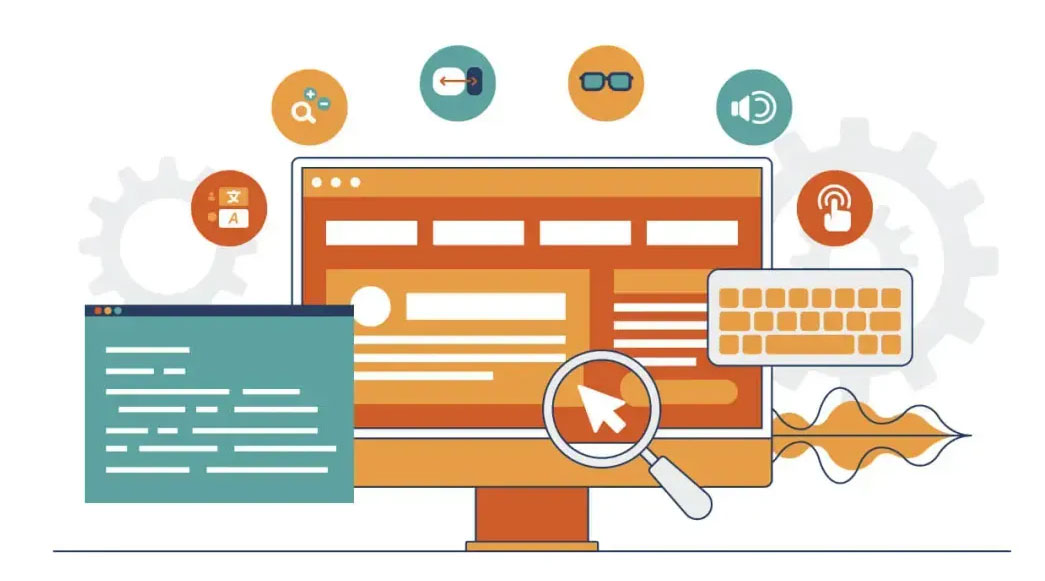
Enhancing website accessibility is not only a fundamental aspect of user experience but also a strategic move in the realm of SEO. Search engines increasingly prioritize websites that cater to diverse user needs, including those with disabilities. By implementing better accessibility features, such as alt text for images, descriptive headings, and keyboard navigation, websites signal their commitment to inclusivity, earning favor from search algorithms. Moreover, improved accessibility contributes to reduced bounce rates, as users of all abilities can navigate and engage with the content seamlessly. As search engines continue to refine their algorithms to prioritize user-friendly experiences, websites that prioritize accessibility are poised to rank higher and reach a broader audience.
In the competitive landscape of online visibility, prioritizing better accessibility aligns with the overarching goals of SEO. Search engines recognize the importance of delivering results that cater to a wide range of users, and accessible websites demonstrate a commitment to providing valuable content to everyone. Investing in features such as proper heading structures and descriptive link text not only aids individuals with disabilities but also improves the overall crawlability and indexation of the site. As search engines refine their algorithms to reward user-centric practices, the integration of better accessibility measures becomes a strategic imperative for businesses aiming to optimize their online presence and achieve sustainable SEO success.
3D Elements
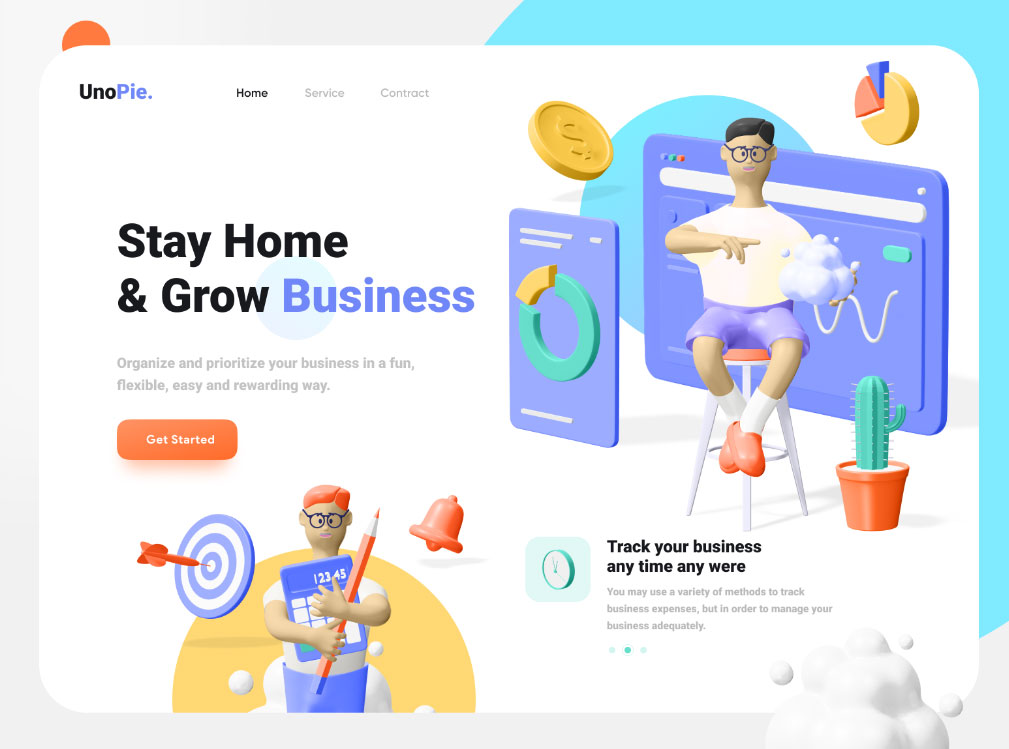
Integrating 3D elements into web design not only enhances the visual appeal but also holds strategic advantages in the realm of SEO. Search engines prioritize user engagement, and the incorporation of 3D elements can significantly contribute to a more immersive and interactive user experience. By creating visually stunning and dynamic content, websites can increase dwell time and reduce bounce rates, signaling to search algorithms that the site offers valuable and engaging content. Additionally, 3D elements contribute to a modern and innovative brand image, potentially attracting more backlinks and social media shares, both of which play pivotal roles in improving search engine rankings. Professional web design services can expertly integrate 3D elements into your website, elevating its visual appeal and enhancing user engagement, thereby improving your SEO performance and online visibility.
In the ever-evolving landscape of SEO, the inclusion of 3D elements represents a forward-thinking approach that aligns with user preferences and search engine trends. Search algorithms increasingly consider user experience as a ranking factor, and 3D design elements can set a website apart by providing a unique and memorable interaction. When implemented thoughtfully, 3D elements contribute to a website’s overall aesthetics without compromising loading times or mobile responsiveness, key factors that influence search engine rankings. As the digital sphere continues to embrace immersive experiences, incorporating 3D elements into web design becomes not only an artistic choice but also a strategic one for maximizing SEO impact.
Responsive Design Web Design Trend

Responsive design is not just a design philosophy; it’s a cornerstone of effective SEO strategy. Search engines prioritize mobile-friendly websites, and responsive design ensures optimal user experience across a variety of devices. With a single, flexible design that adapts seamlessly to different screen sizes, responsive websites eliminate the need for multiple versions, streamlining maintenance and improving overall site performance. As search algorithms increasingly emphasize mobile-first indexing, adopting responsive design becomes imperative for maintaining and improving search engine rankings.
The impact of responsive design on SEO extends beyond mobile compatibility. Search engines reward websites that offer a consistent and user-friendly experience, and responsive design directly addresses these criteria. By reducing bounce rates and increasing user engagement, responsive websites send positive signals to search algorithms, contributing to improved rankings. Moreover, the consolidation of website content across various devices enhances the efficiency of search engine crawlers, facilitating better indexation. In a digital landscape where user experience is paramount, embracing responsive design not only caters to the preferences of modern users but also aligns strategically with the ranking algorithms of leading search engines, ensuring a more robust and competitive online presence.
Gamified Design

Gamified design presents a compelling avenue for elevating SEO performance by enhancing user engagement and interaction. Search engines increasingly prioritize user experience metrics, and integrating game elements into a website can significantly boost these indicators. By incorporating elements such as points, badges, and interactive challenges, gamified design captivates users, encouraging prolonged site exploration and increased time spent on pages. This heightened engagement is a positive signal to search algorithms, signaling that the website offers valuable content and an enjoyable experience, factors that contribute to improved search rankings.
The strategic integration of gamified design extends beyond mere user engagement. Games inherently encourage social sharing and competition, fostering a sense of community around a brand or website. This social interaction can translate into increased backlinks, social media mentions, and overall brand visibility—critical elements that positively impact search engine rankings. As search algorithms evolve to prioritize not only content relevance but also user signals and brand authority, the incorporation of gamified elements becomes a dynamic strategy for SEO success. By turning the user experience into an interactive and enjoyable journey, gamified design emerges as a powerful tool in the SEO toolkit, offering the dual benefits of enhanced user engagement and improved search engine visibility.
Kinetic Typography

Kinetic typography, with its dynamic and animated text, provides a unique opportunity to captivate audiences and bolster SEO efforts. Search engines prioritize user engagement, and the visually appealing nature of kinetic typography can significantly enhance this aspect. By using motion and animation to convey textual information, websites employing kinetic typography can create a more immersive and memorable experience for visitors. As users spend more time engaging with visually stimulating content, search algorithms interpret this increased dwell time as a positive signal, potentially leading to improved search rankings.
In the competitive landscape of online visibility, the incorporation of kinetic typography also contributes to enhancing content accessibility and shareability. The dynamic nature of moving text not only appeals to visual preferences but also aids in conveying information more effectively. Moreover, the share-worthy nature of animated content often leads to increased social media sharing, generating valuable backlinks and expanding the reach of the website. As search engines continue to emphasize the importance of user experience and diverse content formats, “website design dubai” integrating kinetic typography into web design emerges as a strategic move to not only captivate audiences but also to positively impact SEO performance.
One-Page Websites and Parallax Scrolling
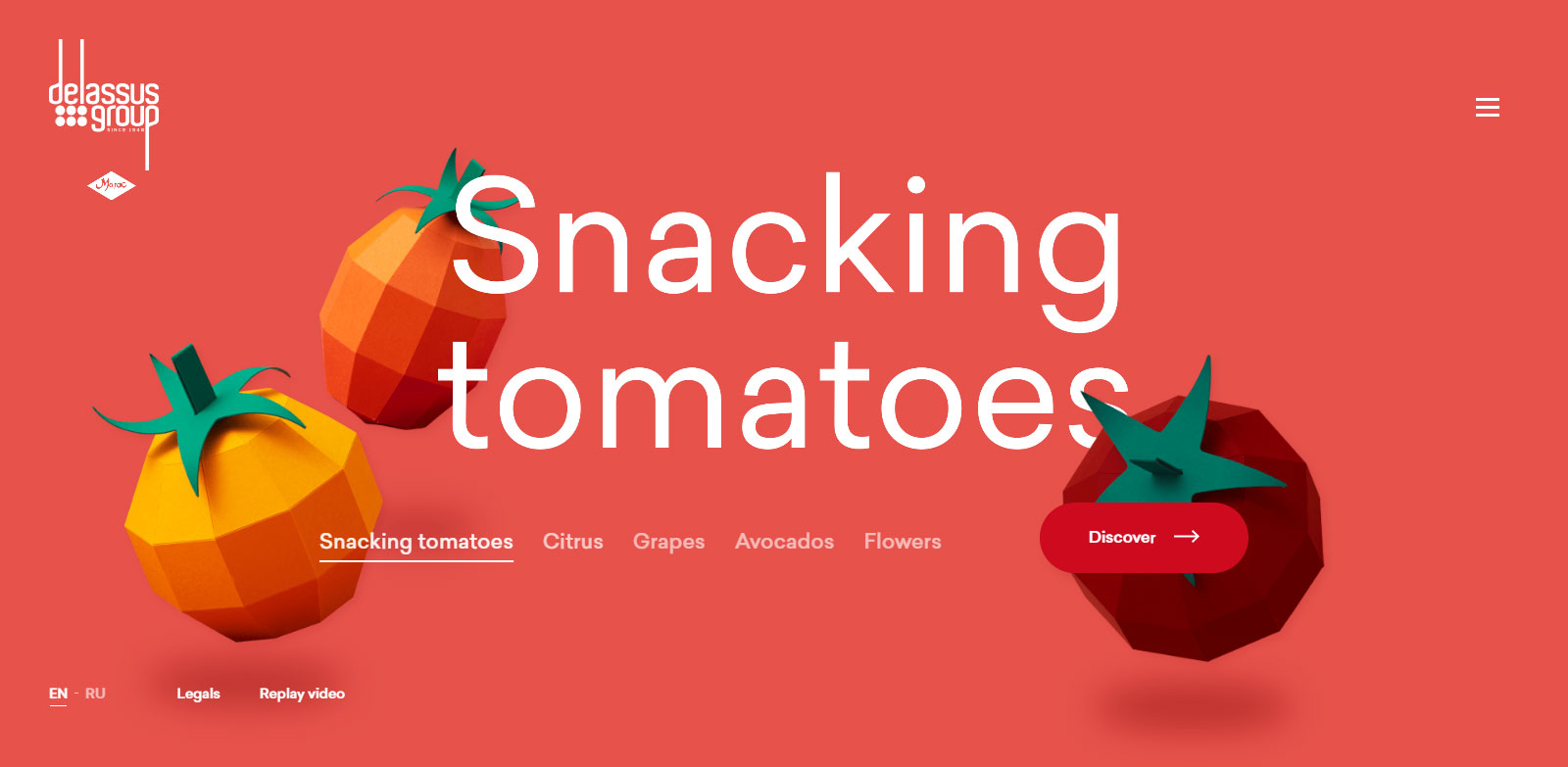
One-page websites with parallax scrolling have emerged as a trend that not only offers a visually engaging user experience but also aligns strategically with SEO goals. From a search engine perspective, the streamlined structure of one-page websites simplifies content indexing and ensures that key information is easily accessible. With a cohesive narrative presented in a single scrolling format, users are more likely to stay engaged and navigate through the entire content, leading to improved dwell time—a metric that search engines consider in evaluating the relevance and quality of a webpage. The fluidity of parallax scrolling adds an extra layer of interactivity, enhancing user engagement and signaling to search algorithms that the website provides a compelling and immersive experience.
The SEO benefits of one-page websites extend beyond improved user engagement. With a focused content structure, one-page websites can effectively target specific keywords and themes, aligning with search intent more precisely. Additionally, the simplicity and speed of one-page sites contribute to faster loading times, a critical factor in search engine rankings. As search algorithms increasingly prioritize mobile-friendly and user-centric experiences, the combination of one-page design and parallax scrolling emerges as a strategic approach to not only capture and retain user attention but also to optimize a website for enhanced search engine visibility.


